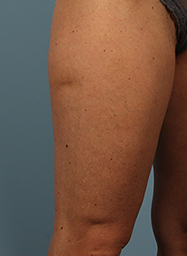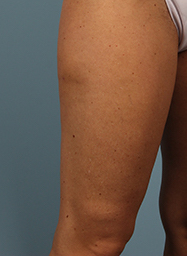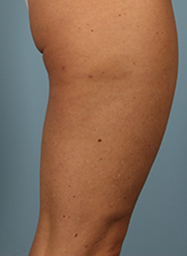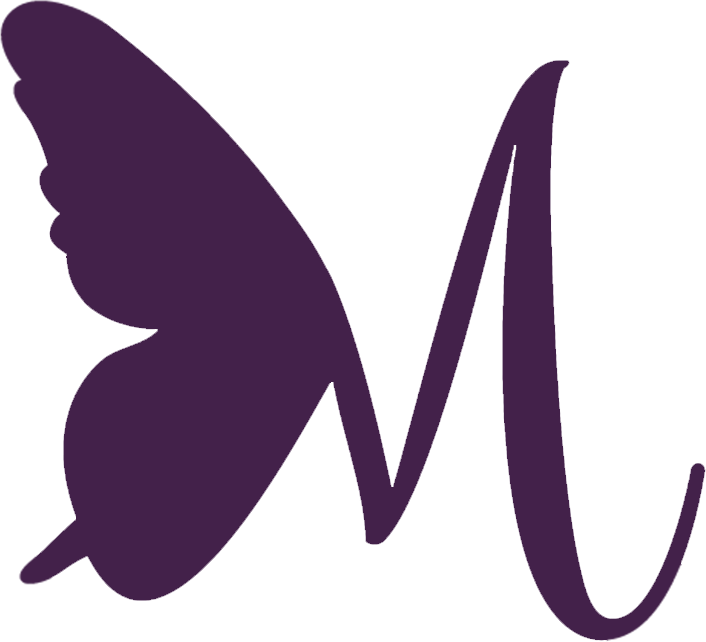Main Content

Facial Fat Transfer
Starting as early as our 20s, we lose volume in our faces. When we are younger, fat in the face is evenly distributed throughout our forehead, temples, cheeks, and eyes. Over time, however, we begin to lose that fat, leading to a more hollowed, aged appearance of the face. When combined with early skin structure and integrity changes, you may notice that your face no longer appears as youthful as it once did. This also happens during life changes such as pregnancy or weight loss journeys. When aging of the face is primarily due to loss of fat in the face, we can restore that facial volume with facial fat transfer (fat grafting). Another method of restoring volume to these areas is using dermal fillers. However, many patients seek a more permanent or natural result. In these cases, facial fat transfer is ideal.
Questions & Answers
During facial fat transfer, fat is removed from one area of the body and then injected into the face to add volume and contour to specific areas that have lost a youthful appearance. Typical targets for facial fat transfer are the temples, cheeks, lips, and lower eyelid region. We can also target nasolabial (“parenthesis” lines from the nose to the corner of the mouth) and nasolabial (Marionette lines from the corner of the mouth to the jawline) folds with facial fat grafting. Fat can be removed from almost any body area and safely transferred to the face. Not only does this rejuvenation method improve the overall facial appearance, but it also has multiple benefits for skin quality, accentuating its positive results. Facial fat transfer is often combined with other facial procedures such as facelift/necklift or eyelid rejuvenation. However, this can be performed in certain patients as a stand-alone treatment for earlier age-related changes to the face.
The benefits of a facial fat transfer are unique to each individual. Facial fat transfer can:
- Restore lost facial volume with minimal scarring and downtime
- Improve the appearance of scars
- Offer natural-looking results
- Soften wrinkles and creases
- Restore volume in hollow or sunken areas of the face
- Improve skin quality
In addition to deciding whether facial fat transfer can meet your personal goals, several factors must be considered in determining whether you are a good candidate for a facial fat transfer. Good candidates for a facial fat transfer include those who:
- Want to restore lost volume to their face
- Improve overall contour to the face
- Improve skin quality
- Improve the appearance of scars
- Have reasonable expectations for the procedure results
- You are a nonsmoker, or you are willing to stop smoking before your facial fat transfer
While facial fat transfer can address various concerns, it has limitations. Knowing these limitations and understanding when you may be a candidate for a different type of surgery is essential. Facial fat transfer cannot:
- Tighten loose skin
- Correct deep lines of the face
- Lift the face or neck
Facial fat transfer can be performed in an office under local anesthesia or as an outpatient procedure with general anesthesia in an operating room. After your surgery, you will spend a short time in the recovery room before a friend or family member takes you home, where you should plan to rest for the remainder of the day. Be sure to arrange for someone to drive you home after surgery and to stay with you for at least the first night. We will advise you on pain medication to ease any discomfort, give you detailed post-operative instructions, and schedule a follow-up appointment to check your progress.
It is expected to experience some pain and swelling in the first few days after surgery. Pain typically occurs in the areas where fat was harvested (taken), and swelling typically occurs in the face where fat was transferred.
Depending on your type of work, you will usually be able to return to work within one to two weeks.
Every patient’s recovery is different. Your recovery may be quicker or take more time than average.
Please visit our My Consult page to learn more about what happens during your consult.
Please visit our Financing page to learn more about financing options.
Gallery




This 37 year old female had a traumatic scar on her thigh that she wanted to make less noticeable. Because the defect was primarily a depression, Dr. Kavali chose fat grafting to correct it. The procedure was done in the office, awake, under local anesthesia. The patient is shown before and 6 weeks after the procedure.
- Age: 25 - 40
- Body Area: Leg
- Gender: Female



